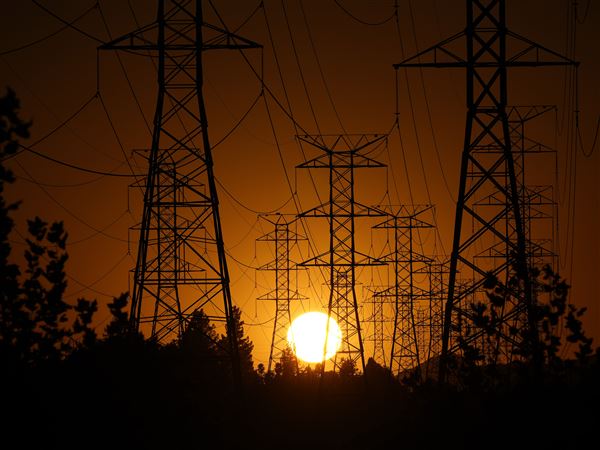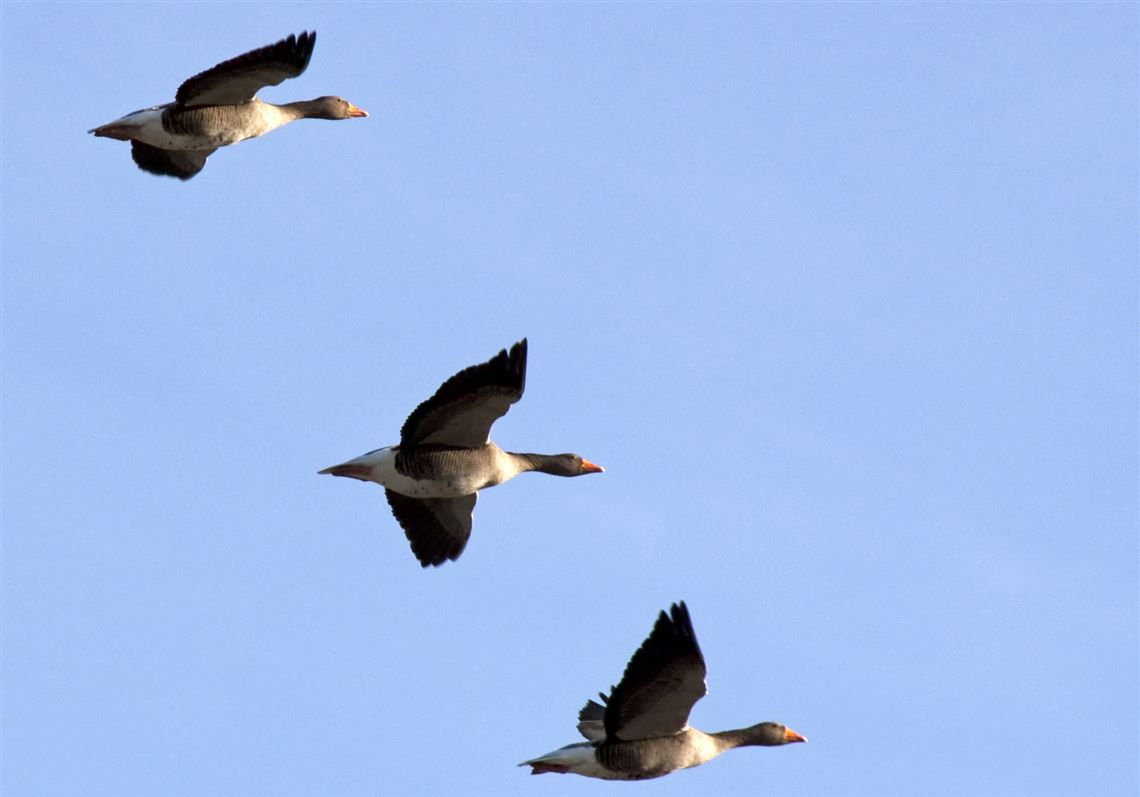The “Let’s Talk About Parks” series is designed to encourage exploration and discovery of Pittsburgh’s urban parks.
Do you sense that it is a bit quieter than usual in the woods during these winter months? If you were in one of our city parks in the late fall — or early winter because the weather was mild — and looked skyward, you may have seen and heard a flock of geese or ducks flying in a V formation as they made their way to warmer weather. These — and many of the hundreds of other bird species in our region — do this migration out of an instinct for survival. Throughout eons these birds have learned that to survive they must avoid intolerable conditions like severe cold, ice and lack of food. They have found that the best way to avoid these conditions is to fly to warmer climates, and the safest way to do that is in a group formation.
What triggers this instinct to fly toward warmer weather? A group of physical factors and environmental cues combine to trigger the urge for migration. One primary cue is the ratio of daylight to nighttime that the birds observe. Another factor is consistent drop in temperature, which the birds know will affect their sources of food. These internal cues are so strong that sometimes when the weather is unseasonably warm for too long, birds will migrate before the first cold night or snowfall.
Waterfowl that migrate often appear to predict coming cold or snow when they move through a region. Indeed, they have become so adept at sensing weather fronts that they recognize subtle changes in wind and temperature and sense that a pond will freeze in the coming days. When major chilly fronts pass in the late fall or early winter, meteorologists will often see large flocks of birds show up on their radar as they move away from icy or snowy fronts.
What are the birds moving toward? To survive, birds must have food, water, and safety. Birds that you see in our city parks in warmer seasons will keep flying southward until they find weather that gives them what they need to survive. They will fly until they find climates that offer unfrozen water, reliable food sources and the safety of coverage and more clement temperatures. Birds have been doing this for a long time, too. Some fossil evidence suggests that bird migration over long distances may have been happening for nearly 25 million years.
Not all birds migrate at the same time. Their differing tolerance for cold temperature determines when they leave for warmer weather. Some smaller birds begin migration in September, while others with better cold tolerance leave in in November or December. Not all birds migrate, either. In the next installment, we will focus on birds in our city parks that have evolved to tolerate cold weather and forgo migration altogether.
For winter park activity ideas, visit www.pittsburghparks.org/rxactivities.
First Published: January 12, 2016, 5:00 a.m.















